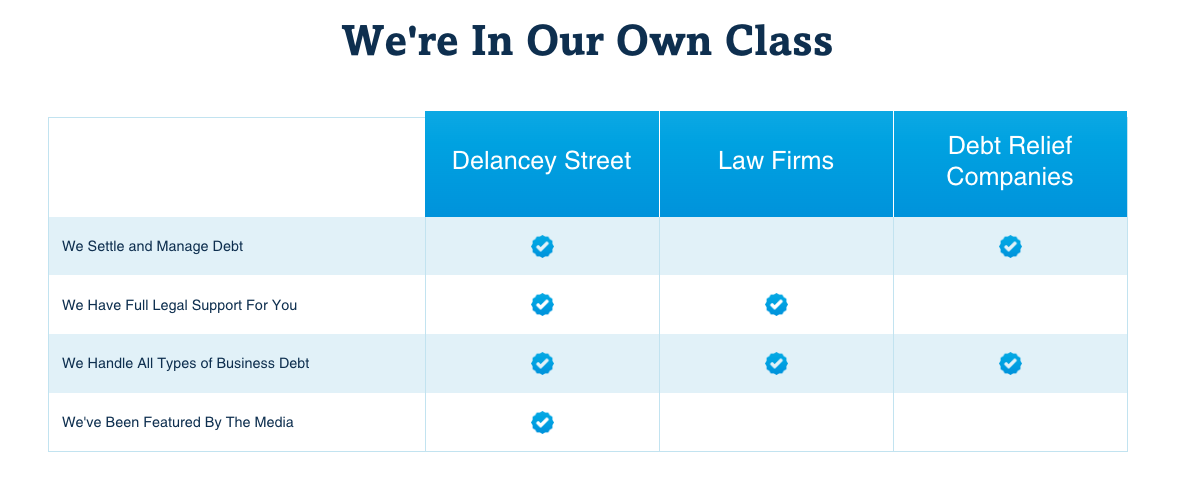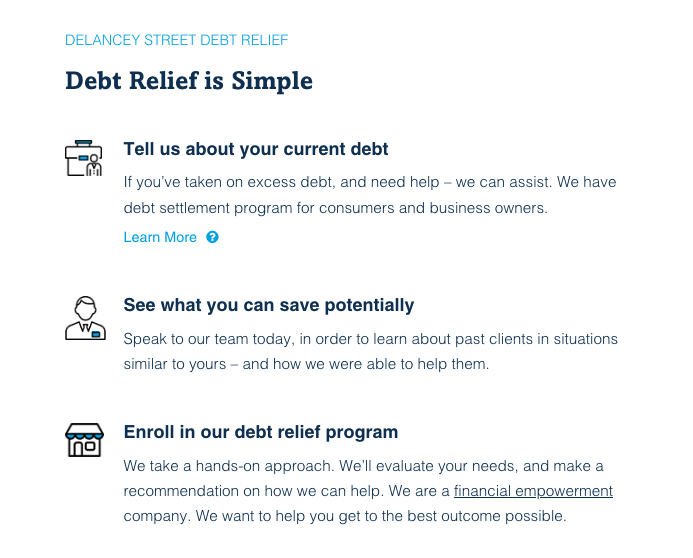What To Do If Your Debt Restructuring Plan Fails
Debt restructuring plans, also known as debt management plans, are agreements made with creditors to pay off debts through reduced payments over a set period of time. They can provide relief when you are struggling with debt, but what happens if the plan fails? Unfortunately debt restructuring plans do sometimes fail for various reasons. The good news is there are still options to deal with your debt.
Understand Why The Plan Failed
The first step is to understand why your debt restructuring plan failed in the first place. Some common reasons include:
 -
-- Missed or Late Payments – If you missed or made late payments to your creditors, this can cause the debt management plan to fail. Creditors expect timely payments as agreed upon.
- Incomplete Paperwork – Not properly completing all the paperwork or failing to submit required documentation can lead to issues and cancellation of the plan.
- Change in Financial Circumstances – A job loss, medical emergency, or other financial hardship that reduces your available income can make it difficult to meet the payment terms.
- Creditors Drop Out – Sometimes creditors decide to opt out of an established debt management plan. They are within their rights to do so. This can often cause the entire plan to crumble.
- Bankruptcy – If one of your creditors files for bankruptcy protection, your debt management plan essentially becomes null and void.
Once you identify the reasons why your previous debt restructuring plan failed, you can look into alternative solutions.
Contact Your Debt Management Agency
If you arranged your debt management plan through a non-profit credit counseling agency or debt management company, reach out to them first. Explain that your plan failed and you need help reassessing your options. A reputable agency will work with you to understand what went wrong and try to develop an alternative path forward. This could involve re-negotiating with creditors, modifying the existing plan, or creating a new plan better suited to your financial situation.
Some key questions to ask the agency include:
- Why did the original plan fail?
- What are my options now?
- Can we renegotiate the terms with creditors?
- Would you recommend starting a new debt management plan?
- Could bankruptcy potentially be a better option at this point?
Make sure the agency analyzes your full financial picture to determine next best steps.
 -
-Evaluate Your Current Finances
Take stock of your current financial situation. This involves:
- Tracking Income – Detail your current income sources and amounts. Look at job income, side income, government benefits, spousal support, etc. Understand your total monthly income.
- List Expenses – Itemize all your monthly expenses like housing, transportation, food, utilities, debt payments, etc. See where your money is going.
- Assess Assets – Figure out assets available like emergency savings, retirement accounts, home equity, vehicles, valuable possessions, etc. These could potentially be leveraged.
Once you have a complete picture of your finances, compare income to expenses. Look for areas where cuts can be made in spending or ways to boost income through a side gig. This helps determine what is realistically affordable for debt payments.
Contact Creditors
If your previous debt management plan was arranged directly between you and creditors, reach out to them directly when it fails. Be honest that you are unable to meet the agreed upon payment terms and want to discuss alternatives. Some options creditors may offer include:
- Reduced monthly payments
- Lower interest rates
- Extended repayment timeline
- Partial debt forgiveness
See what creditors are willing to offer you. Be prepared to provide evidence of income and expenses to help them reassess. If they won’t work with you, moving to bankruptcy may be the better path forward.
Debt Settlement
With debt settlement, you work with a debt settlement company to negotiate directly with creditors and lump sum payoffs of reduced balances. This involves stopping payments to creditors while money is set aside to fund the settlements. The process generally takes 2-4 years. Debt settlement works best for unsecured debts like credit cards, medical bills, personal loans, etc. It’s riskier for secured debts like auto loans or mortgages.
 -
-Debt Consolidation Loan
A debt consolidation loan essentially combines multiple debts into one new loan, helping simplify payments. Consolidation loans can provide lower interest rates, reducing the total interest paid over time. Be cautious of extending loan terms too long. Make sure monthly payments fit within your budget. Debt consolidation works best for relatively small debts with high interest rates.
Balance Transfer Credit Card
Similar to a consolidation loan, a balance transfer credit card lets you move multiple credit card balances onto a new card. It enables paying off those debts at a lower interest rate. Make sure to not use the card for any new purchases. Avoid cards with high transfer fees. Pay attention to when the intro 0% APR period ends. Have a plan to pay off the full balance transfer before interest spikes back up.
Bankruptcy
As a last resort, filing for bankruptcy may be the most practical option, despite the damage to your credit. This legally eliminates eligible debt entirely or pays creditors pennies on the dollar through a structured repayment plan. The most common consumer bankruptcy filing is Chapter 7 bankruptcy. Chapter 13 bankruptcy sets up a 3-5 year repayment plan. Meet with a bankruptcy lawyer to discuss the pros and cons for your situation.
 -
-Other Tips
- Communicate with creditors – Maintain open dialogue explaining hardship if unable to make payments. Avoid ignoring them.
- Prioritize essential expenses – Ensure sufficient money for food, utilities, housing, transportation, insurance, childcare, etc.
- Seek help from non-profits – Various organizations provide financial counseling and assistance.
- Increase income – Boost income through a side gig if possible. Every extra dollar helps.
- Stick to a written budget – Create and follow a realistic written monthly budget. This helps align spending with income.
- Get support – Money issues can negatively impact mental health. Seek support from family, friends, communities.
- Establish savings – Even small amounts to savings helps prepare for emergencies that derail plans.
Recap
Having a debt restructuring plan fail can be demoralizing. The key is not to panic. Take stock of your finances to understand what is affordable. Contact your debt management agency and creditors to discuss options. Debt settlement, consolidation loans, balance transfers or bankruptcy may now be better avenues. The path forward will require compromise and sacrifice, but solutions exist. Stay positive and take it one step at a time.
Resources
Articles
- What to Do if Your Debt Management Plan Fails
- Options If Your Debt Consolidation Loan Application is Denied
- Credit Card Balance Transfer Options If You Can’t Get Approved
Non-Profit Debt Relief Agencies
I aimed to provide a helpful overview on next steps if your debt restructuring plan fails. Let me know if you need any clarification or have additional questions!







